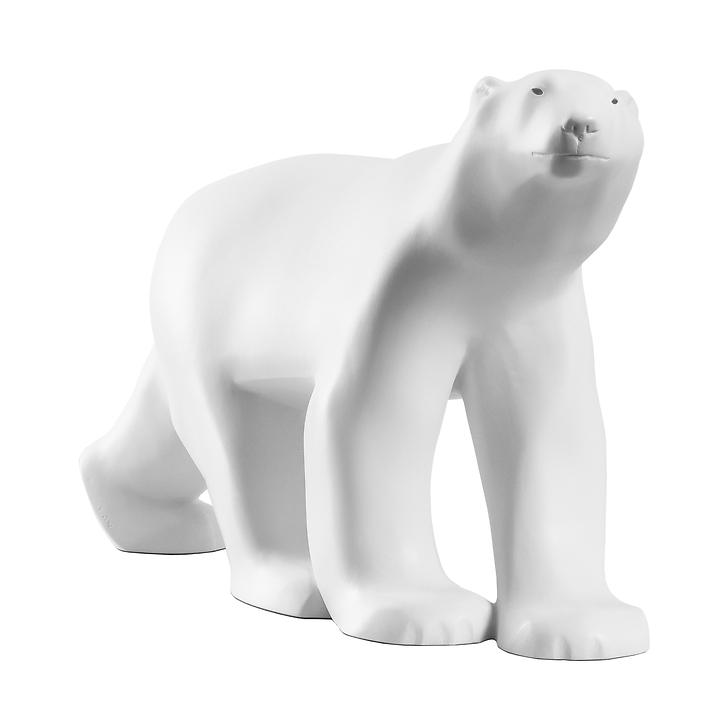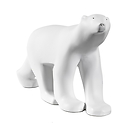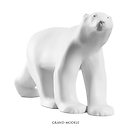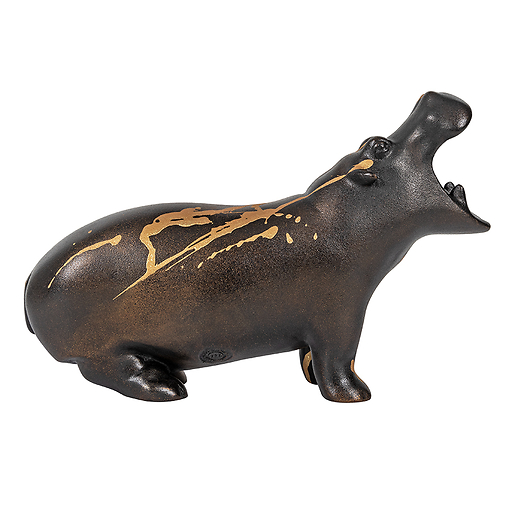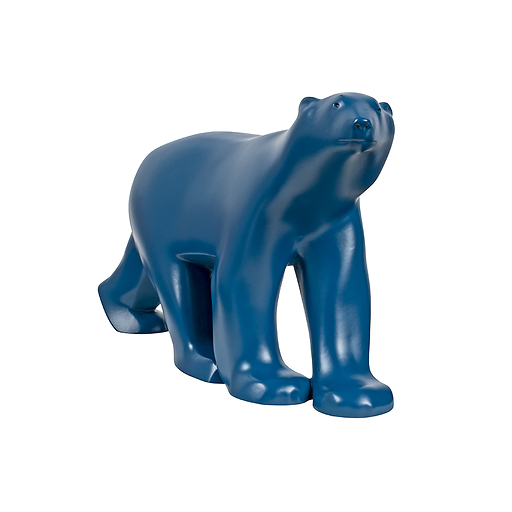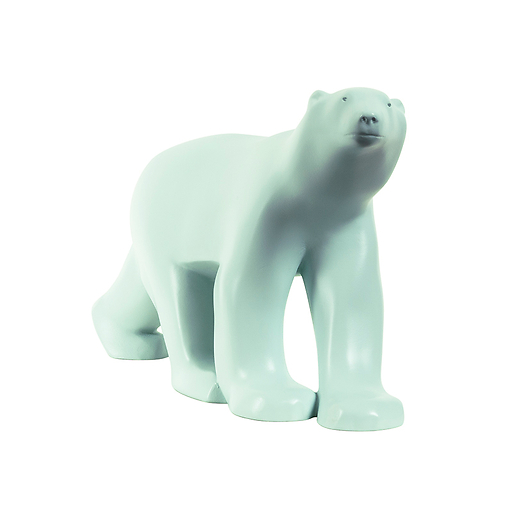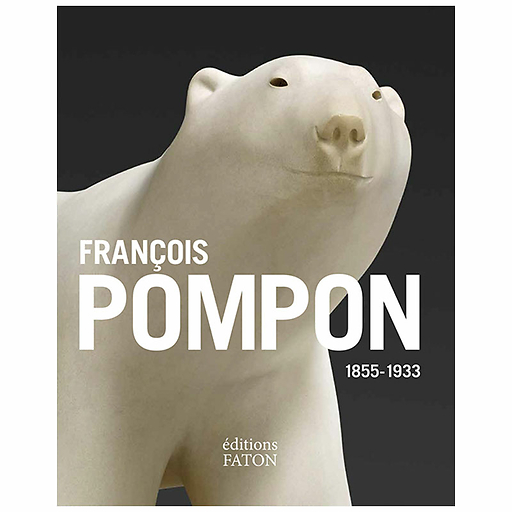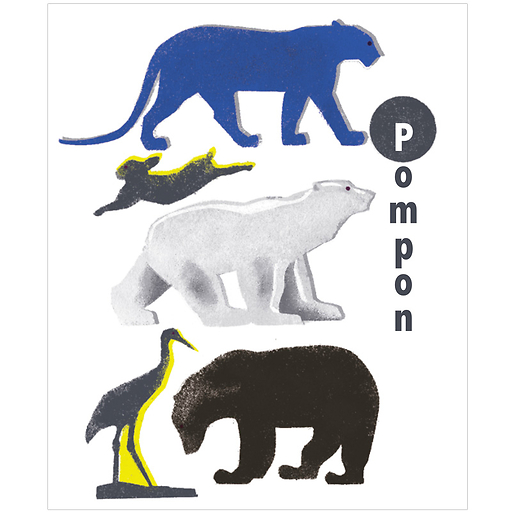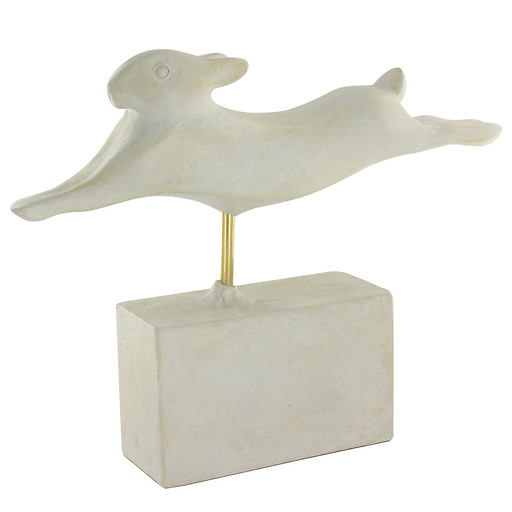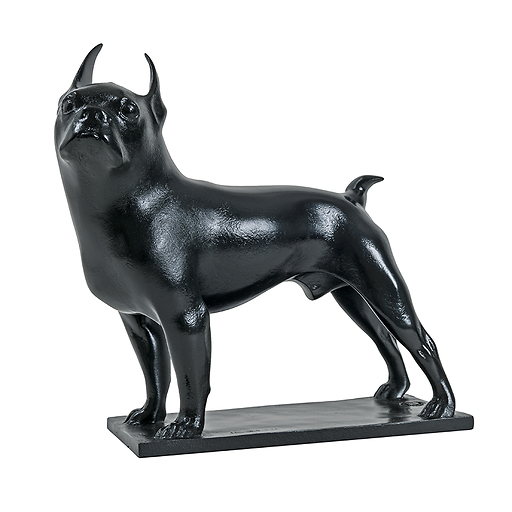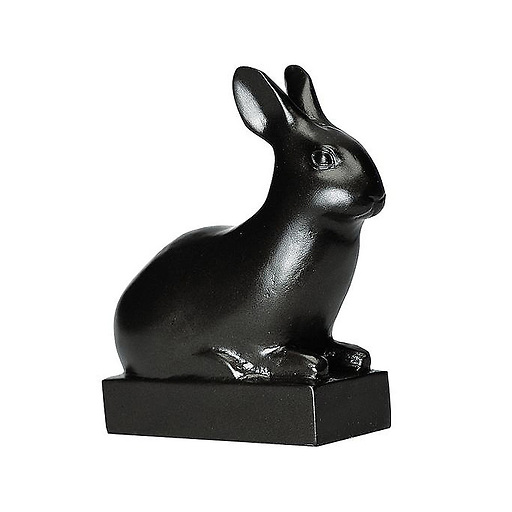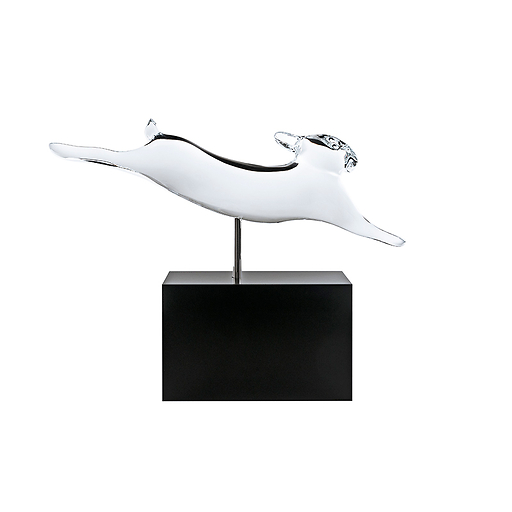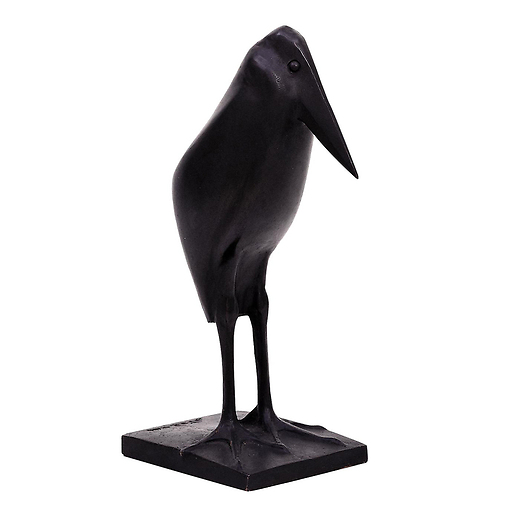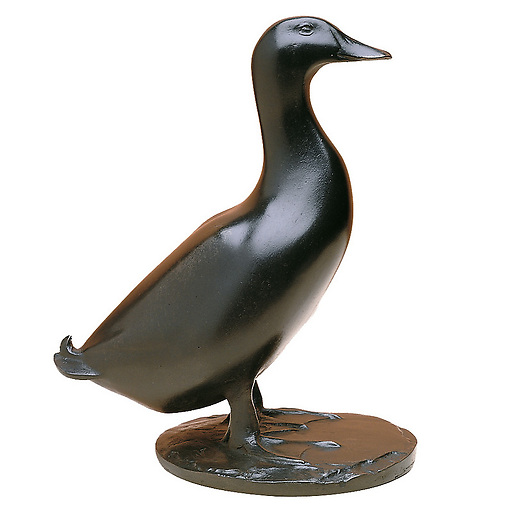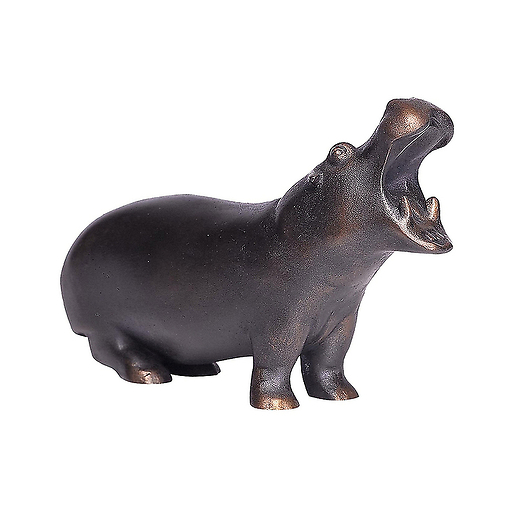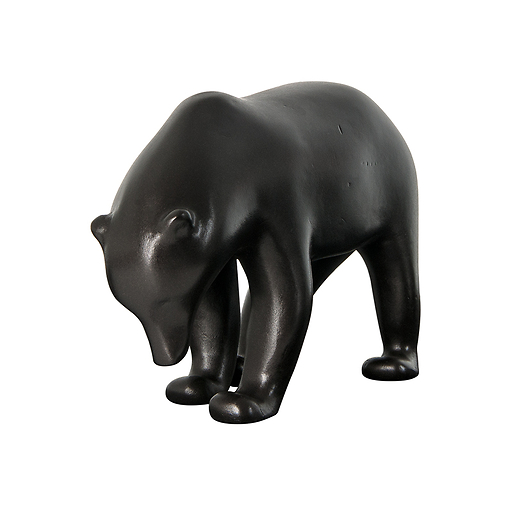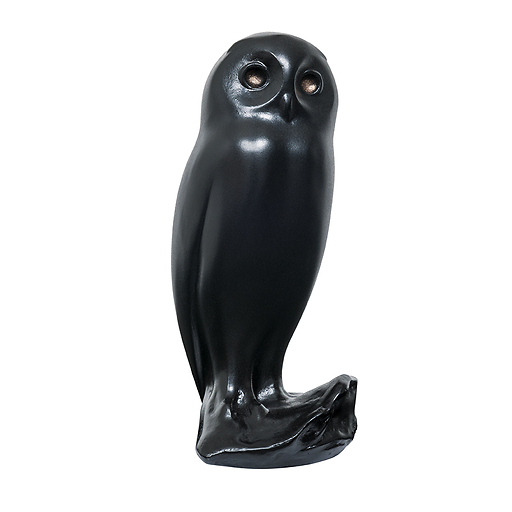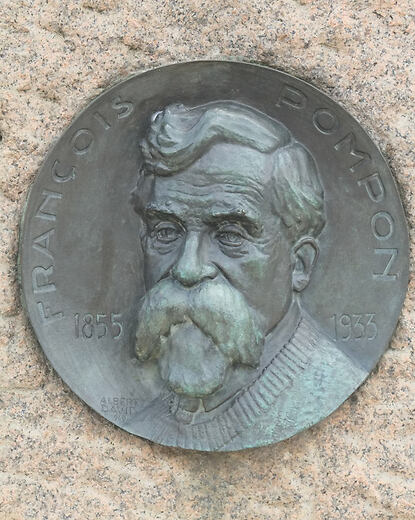This reproduction of a polar bear is a cast of the original statue by the sculptor François Pompon on display at the Musée des Beaux-Arts in Dijon. However, the best-known example is the one on display at the Musée d'Orsay since 1986.
The son of a cabinetmaker, François Pompon entered the École des...
Read more
This reproduction of a polar bear is a cast of the original statue by the sculptor François Pompon on display at the Musée des Beaux-Arts in Dijon. However, the best-known example is the one on display at the Musée d'Orsay since 1986.
The son of a cabinetmaker, François Pompon entered the École des Beaux-Arts in Dijon after working with stone and wood in Saulieu to earn his living. He studied architecture and sculpture and acquired some rudiments of engraving. In 1874, he left for Paris and came into contact with the entrepreneurs who were transforming the Paris of the Second Empire.
He executed decorative figures and caryatids for the façade of the Hôtel de Ville and then joined Rodin as a practitioner, where he remained for fifteen years.
He had to wait until the age of 67 and the Salon of 1922 to achieve success with the "White Bear".
Best known as an animal sculptor, he exalted the lyricism of light in the polished surfaces and the economy of detail.
After having been kept at the Jardin des Plantes, the three hundred pieces bequeathed by F. Pompon have been definitively transferred to Dijon, to the Musée des Beaux-Arts.
Close

